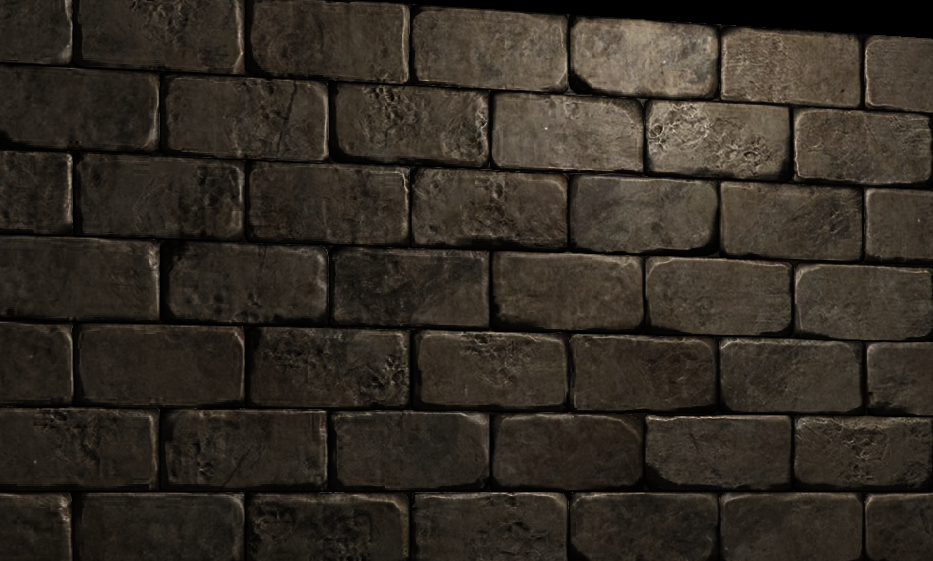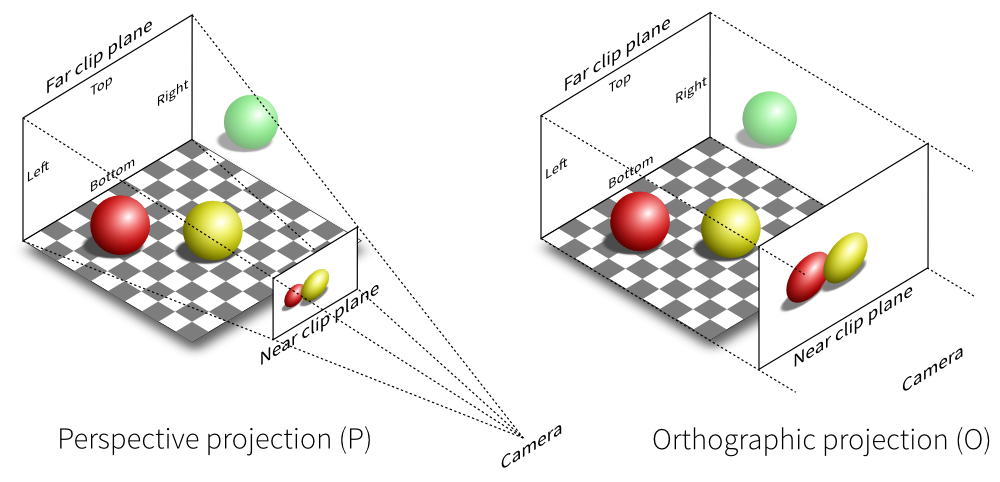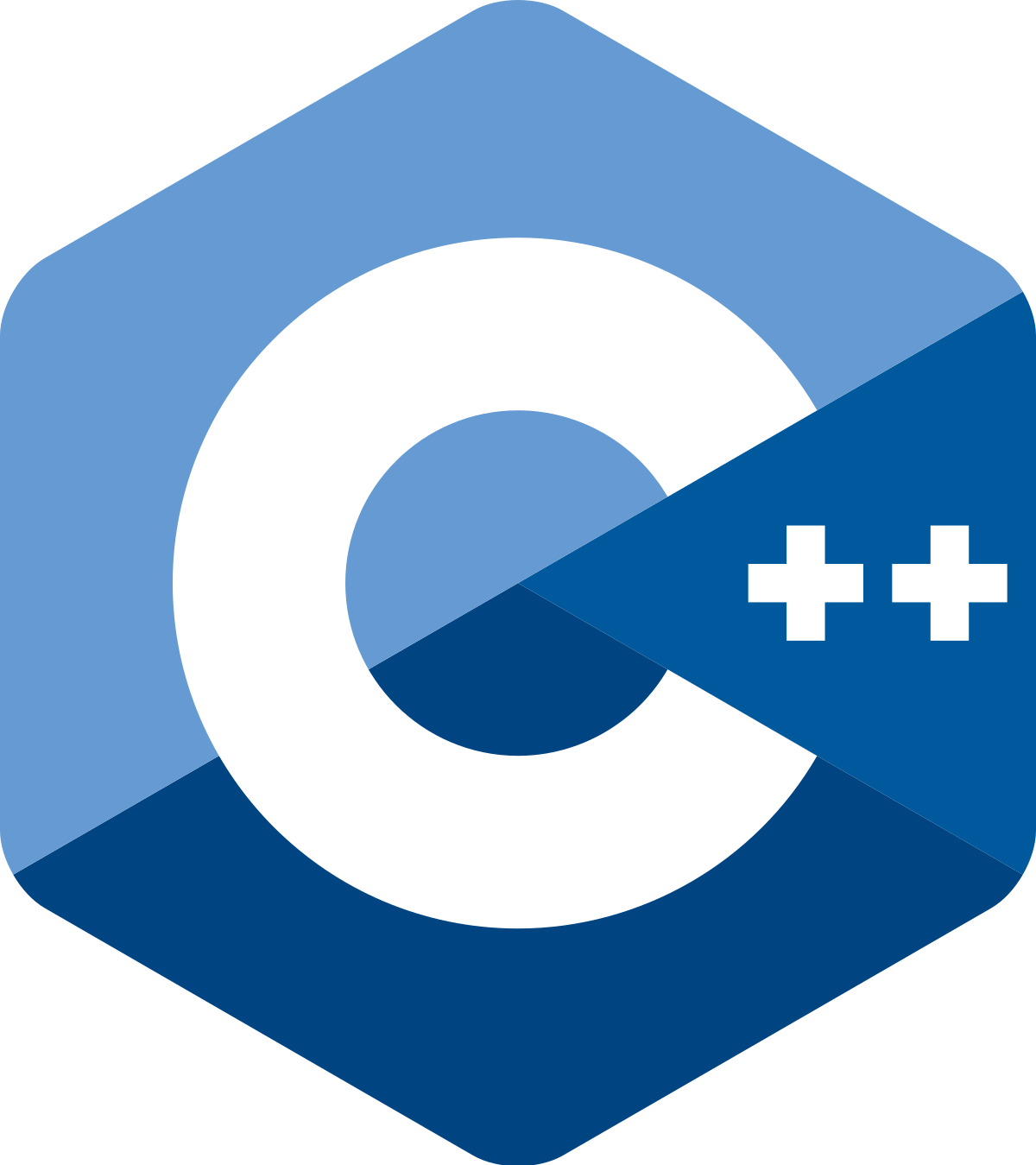1
2
3
4
5
6
7
8
9
10
11
12
13
14
15
16
17
18
19
20
21
22
23
24
25
26
27
28
29
30
31
32
33
34
35
36
37
38
39
40
41
42
43
44
45
46
47
48
49
50
51
52
53
54
55
56
57
58
59
60
61
62
63
64
65
66
67
68
69
70
71
72
73
74
75
76
77
78
79
80
81
82
83
84
85
86
87
88
89
90
91
92
93
94
95
96
97
98
99
100
101
102
103
104
105
106
107
108
109
110
111
112
113
114
115
116
117
118
119
120
121
122
123
124
125
126
127
128
129
130
131
132
133
134
135
136
137
138
139
140
141
142
143
144
145
146
147
148
149
150
151
152
153
154
155
156
157
158
159
160
161
162
163
164
165
166
167
168
169
170
171
172
173
174
175
176
177
178
179
180
181
182
183
184
185
186
187
188
189
190
191
192
193
194
195
196
197
198
199
200
201
202
203
204
205
206
207
208
209
210
211
212
213
214
215
216
217
218
|
#include <bits/stdc++.h>
namespace IO {
inline char read() {
static const int IN_LEN = 1000000;
static char buf[IN_LEN], *s, *t;
s == t ? t = (s = buf) + fread(buf, 1, IN_LEN, stdin) : 0;
return s == t ? -1 : *s++;
}
template <typename T>
inline void read(T &x) {
static char c;
static bool iosig;
for (c = read(), iosig = false; !isdigit(c); c = read()) {
if (c == -1) return;
c == '-' ? iosig = true : 0;
}
for (x = 0; isdigit(c); c = read()) x = x * 10 + (c ^ '0');
iosig ? x = -x : 0;
}
inline void read(char &c) {
while (c = read(), isspace(c) && c != -1)
;
}
inline int read(char *buf) {
register int s = 0;
register char c;
while (c = read(), isspace(c) && c != -1)
;
if (c == -1) {
*buf = 0;
return -1;
}
do
buf[s++] = c;
while (c = read(), !isspace(c) && c != -1);
buf[s] = 0;
return s;
}
const int OUT_LEN = 1000000;
char obuf[OUT_LEN], *oh = obuf;
inline void print(char c) {
oh == obuf + OUT_LEN ? (fwrite(obuf, 1, OUT_LEN, stdout), oh = obuf) : 0;
*oh++ = c;
}
template <typename T>
inline void print(T x) {
static int buf[30], cnt;
if (x == 0) {
print('0');
} else {
x < 0 ? (print('-'), x = -x) : 0;
for (cnt = 0; x; x /= 10) buf[++cnt] = x % 10 | 48;
while (cnt) print((char)buf[cnt--]);
}
}
inline void print(const char *s) {
for (; *s; s++) print(*s);
}
inline void print(double x) {
static char buf[40];
sprintf(buf, "%.8f", x);
print((const char *)buf);
}
inline void flush() { fwrite(obuf, 1, oh - obuf, stdout); }
struct InputOutputStream {
template <typename T>
inline InputOutputStream &operator>>(T &x) {
read(x);
return *this;
}
template <typename T>
inline InputOutputStream &operator<<(const T &x) {
print(x);
return *this;
}
~InputOutputStream() { flush(); }
} io;
}
namespace {
using IO::io;
const double EPS = 1e-8;
const double INVERSIVE_RADIUS = 10.0;
const double INVERSIVE_RADIUS2 = INVERSIVE_RADIUS * INVERSIVE_RADIUS;
struct Point {
double x, y;
Point(double x = 0, double y = 0) : x(x), y(y) {}
inline void read() {
static int t;
io >> t, x = t, io >> t, y = t;
}
inline Point operator+(const Point &p) const {
return Point(x + p.x, y + p.y);
}
inline double operator*(const Point &p) const { return y * p.x - x * p.y; }
inline Point operator-(const Point &p) const {
return Point(x - p.x, y - p.y);
}
inline Point operator*(const double d) const { return Point(x * d, y * d); }
inline Point operator/(const double d) const { return Point(x / d, y / d); }
inline double dis(const Point &p) const {
return sqrt((x - p.x) * (x - p.x) + (y - p.y) * (y - p.y));
}
inline Point rotate(double a, double r) {
return Point(x + r * cos(a), y + r * sin(a));
}
};
struct Circle {
double r;
Point o;
Circle(double x = 0, double y = 0, double r = 0) : o(x, y), r(r) {}
inline void read() {
static int t;
o.read(), io >> t, r = t;
}
inline void print() { io << o.x << ' ' << o.y << ' ' << r << '\n'; }
};
inline int sign(double x) { return (x > EPS) - (x < -EPS); }
struct Task {
int tot;
Circle c[5];
Point P;
inline Circle inversive(const Circle &c1) {
Circle res;
register double oc1 = P.dis(c1.o);
register double k1 = 1.0 / (oc1 - c1.r);
register double k2 = 1.0 / (oc1 + c1.r);
res.r = 0.5 * (k1 - k2) * INVERSIVE_RADIUS2;
register double oc2 = 0.5 * (k1 + k2) * INVERSIVE_RADIUS2;
res.o = P + (c1.o - P) * oc2 / oc1;
return res;
}
inline void save(const Point &a, const Point &b) {
tot++;
register double t =
fabs(((P - a) * (b - a)) / a.dis(b));
c[tot].r = INVERSIVE_RADIUS2 / (2.0 * t);
register double d = a.dis(c[1].o);
c[tot].o = P + (a - c[1].o) * (c[tot].r / d);
}
inline void solveCase() {
c[1] = inversive(c[1]), c[2] = inversive(c[2]);
if (c[1].r < c[2].r) std::swap(c[1], c[2]);
Point tmp = c[2].o - c[1].o;
register double a1 = atan2(tmp.y, tmp.x);
register double a2 = acos((c[1].r - c[2].r) / c[1].o.dis(c[2].o));
Point P1 = c[1].o.rotate(a1 + a2, c[1].r);
Point P2 = c[2].o.rotate(a1 + a2, c[2].r);
if (sign((c[1].o - P1) * (P2 - P1)) == sign((P - P1) * (P2 - P1)))
save(P1, P2);
P1 = c[1].o.rotate(a1 - a2, c[1].r);
P2 = c[2].o.rotate(a1 - a2, c[2].r);
if (sign((c[1].o - P1) * (P2 - P1)) == sign((P - P1) * (P2 - P1)))
save(P1, P2);
}
inline void solve() {
register int T;
io >> T;
while (T--) {
tot = 2, c[1].read(), c[2].read(), P.read();
solveCase();
io << tot - 2 << '\n';
for (register int i = 3; i <= tot; i++) c[i].print();
}
}
} task;
}
int main() {
task.solve();
return 0;
}
|





